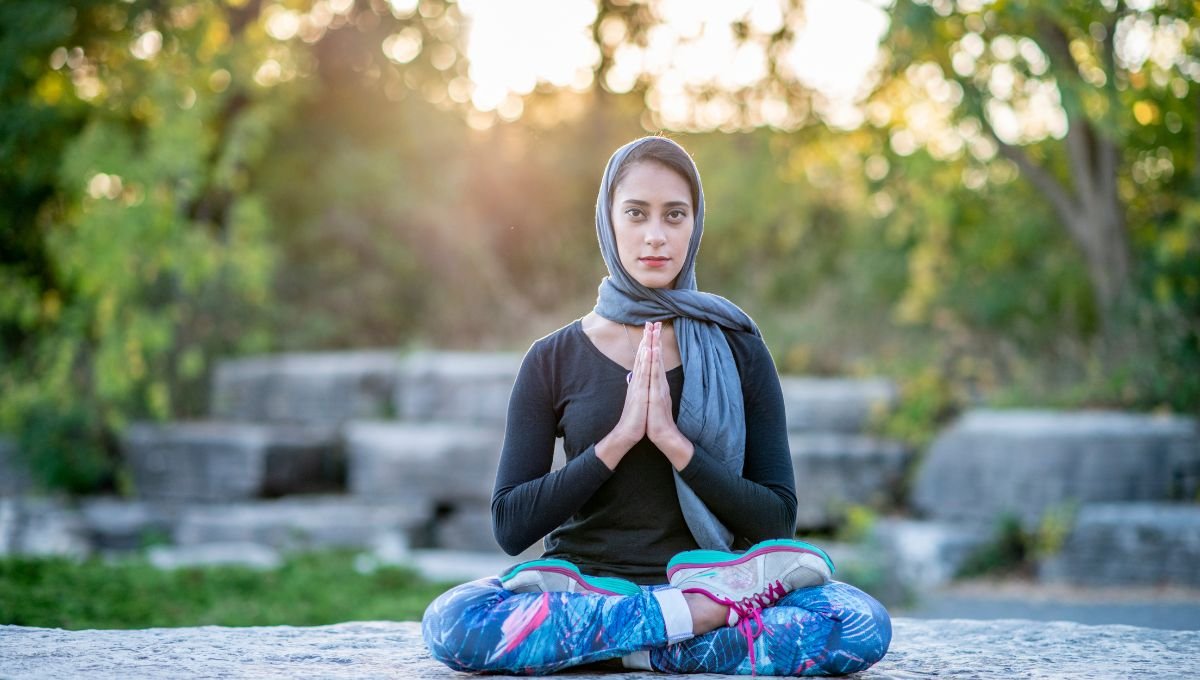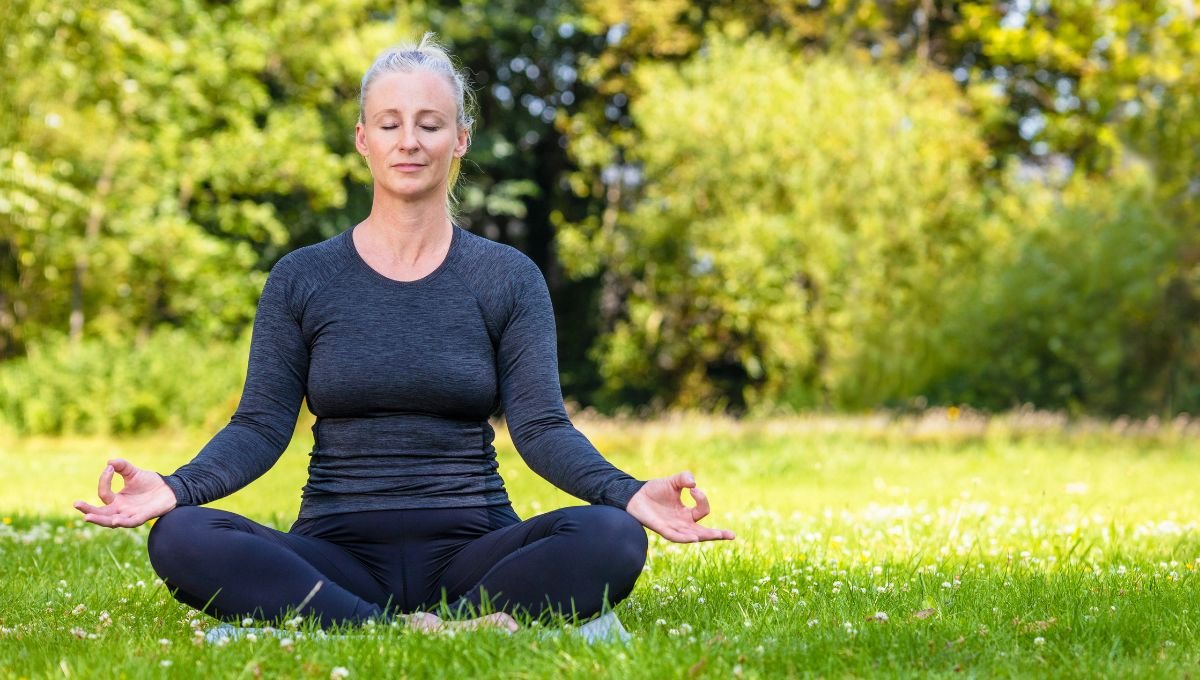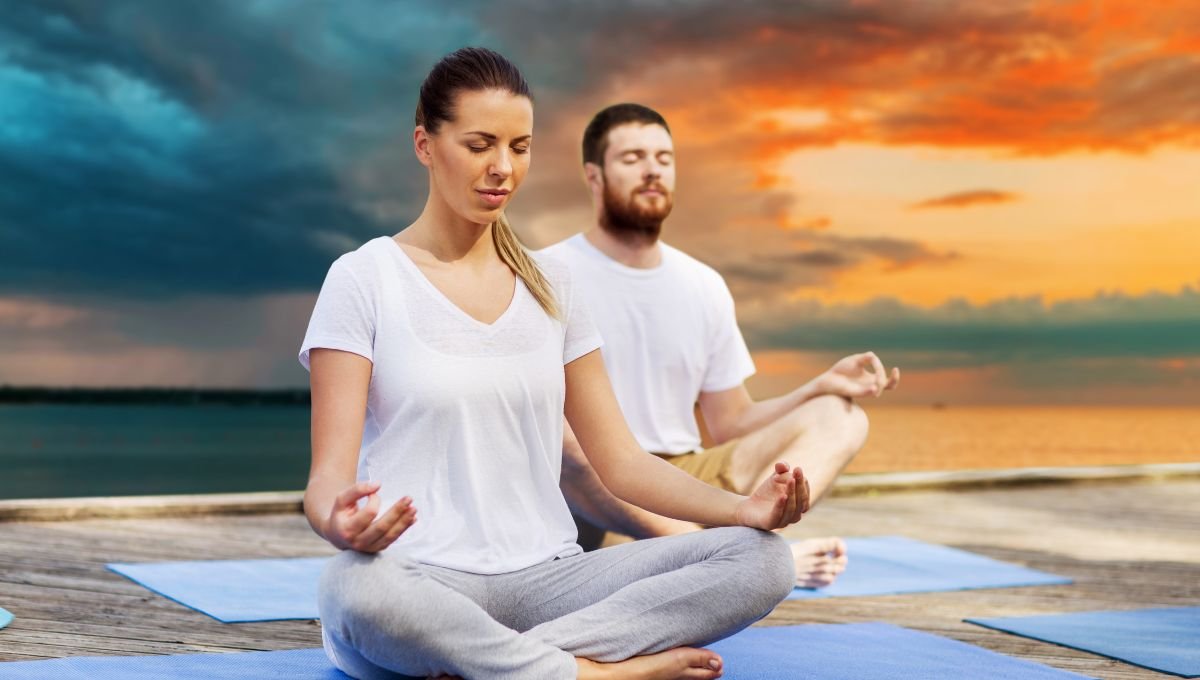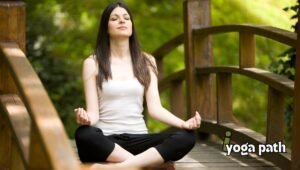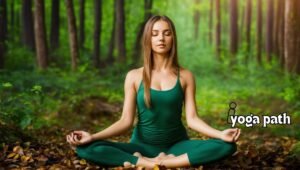“Silence the Mind: Meditation Techniques for the Modern Yogi” Strategies to deepen your practice and find inner peace.
Short Intro:
In the present speedy world, the old craft of contemplation arises as a crucial practice for the cutting-edge yogi, offering a safe haven of silence in the midst of disorder. “Silence the Mind: Contemplation Procedures for the Cutting Edge Yogi” digs into the extraordinary force of reflection, introducing systems to extend one’s training and accomplish a condition of internal harmony. Late market measurements feature a developing pattern towards mindfulness and reflection, with a huge ascent in people looking for strategies to battle pressure, improve concentration, and encourage close-to-home prosperity. This flood of interest highlights the pertinence of contemplation in contemporary life, as additional individuals perceive its advantages in developing equilibrium, lucidity, and a more profound association with oneself.

Dominating Reflection in Present-Day Times
Reflection, when considered a training held for priests and profound searchers, has now found its spot in the everyday schedules of people around the world. This shift mirrors a more extensive comprehension of reflection as a training for accomplishing profound edification as well as a viable instrument for working on psychological well-being and general personal satisfaction. For the cutting-edge yogi, incorporating reflection into their training offers a pathway to silence the mind, lessen nervousness, and open a significant feeling of quietness and presence.

Strategies to Improve Your Contemplation Practice
Mindfulness Reflection: Start with mindfulness, zeroing in on the breath and noticing considerations without judgment. This strategy develops mindfulness and takes the mind back to the current second.
Directed Reflection: Use directed contemplation accessible through applications or online stages. These meetings, driven by experienced specialists, give structure and thematic concentration, making reflection open to fledglings and prepared mediators the same.
Mantra Contemplation: Rehash a mantra or certification quietly. This strategy helps with focus and permits further submersion into the thoughtful state.

Establishing a Favorable Climate for Reflection
The climate plays a critical role in the viability of your reflection practice. Find a tranquil, agreeable space where you will not be upset. Consider integrating components like delicate lighting, candles, or incense to create a quieter climate. Guaranteeing consistency in your training by contemplating simultaneously every day can likewise improve the experience and advantages.
Defeating Normal Difficulties
Numerous amateurs face obstacles, for example, anxiety, trouble thinking, or making assumptions. It’s critical to move toward contemplation with persistence and comprehend that dominance requires some investment. Begin with short meetings, steadily expanding the term as your center gets to the next level. Keep in mind that the objective of reflection isn’t to exhaust the mind, but to see without connection.

Incorporating Contemplation into day-to-day existence
To encounter the advantages of reflection, integrate it genuinely into your everyday schedule. Indeed, even a couple of moments of contemplation can fundamentally affect your prosperity. Practice mindfulness in regular exercises, such as eating or strolling, to expand the thoughtful state beyond your meetings. This all-encompassing methodology guarantees that the harmony and clarity developed during contemplation will saturate all parts of your life.
“Silence the Mind: Contemplation Procedures for the Cutting Edge Yogi” fills in as a complete aide for those hoping to develop their reflection practice and discover a sense of harmony. As reflection keeps on acquiring notoriety among people of varying backgrounds, its job in improving psychological wellness, encouraging mindfulness, and exploring the intricacies of current living turns out to be progressively apparent. By embracing these methods and making contemplation a foundation of their training, current yogis can open the way to significant quietness and otherworldly development, demonstrating that even in silence, there is significant solidarity to be found.

End and Last Considerations
In wrapping up “Silence the Mind: Contemplation Procedures for the Cutting Edge Yogi,” obviously reflection remains as a foundation in the journey for self-awareness and internal harmony. Through the development of mindfulness, directed practices, and mantra contemplation, people can explore the burdens of contemporary existence with effortlessness and strength. This guide not only offers down-to-earth procedures to upgrade one’s contemplation practice but additionally enlightens the way toward accomplishing a more profound association with oneself and our general surroundings. As the act of contemplation keeps on thriving, it reaffirms the immortal insight intrinsic in quieting the mind to reveal the limitlessness of our internal scene.
Embracing reflection in day-to-day existence changes the standard into the exceptional, transforming each second into a chance for mindfulness and self-disclosure. The advantages of a reliable reflection practice reach out a long way past the mat, impacting each part of our lives by cultivating close-to-home equilibrium, mental clarity, and a significant feeling of prosperity. As current yogis, the excursion into reflection is a challenge to investigate the profundities of our being, to develop harmony amidst disarray, and to open the extraordinary force of breath and mindfulness.
Let this investigation of reflection strategies motivate you to incorporate mindfulness into your everyday schedule, developing your association with the current second and improving your profound excursion. Keep in mind that the excursion to quieting the mind starts with a solitary breath. Embrace the act of reflection as a door to health, permitting it to direct you toward a daily existence set apart by serenity, knowledge, and vast euphoria.
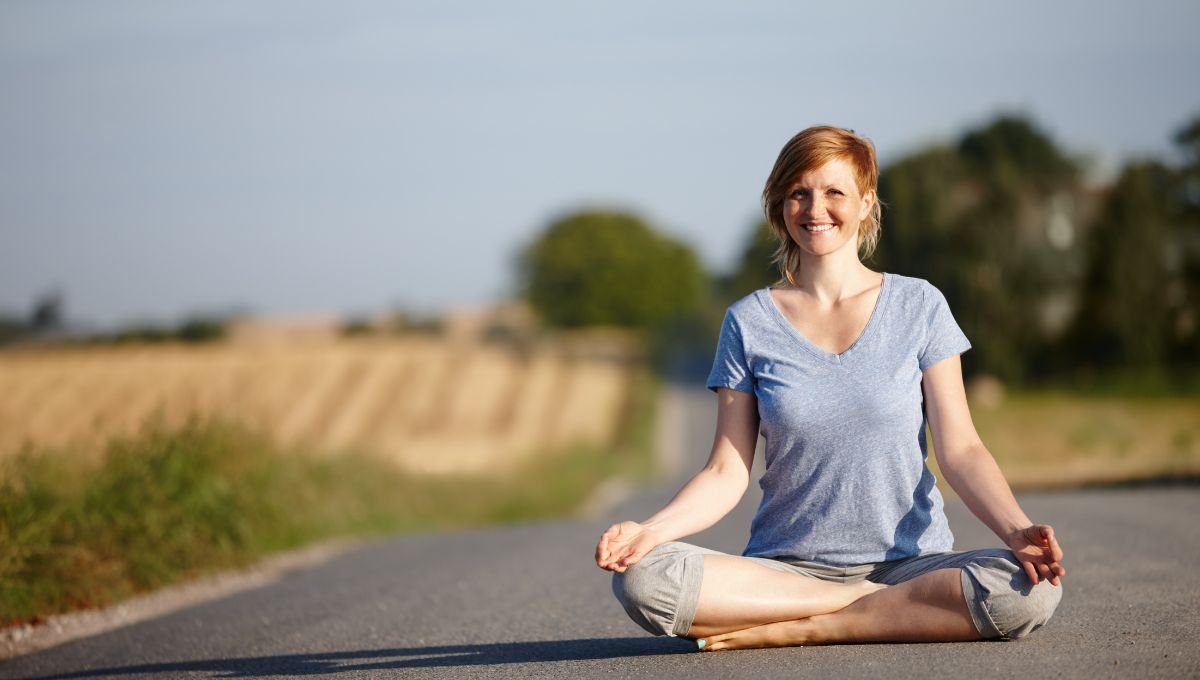
(FAQs) Journey to the Heart
1. What is the best time of day to rehearse contemplation?
The best time for contemplation is frequently viewed as early morning or late night, as these times are regularly calmer and more helpful for reflection. In any case, the main variable is consistency, so pick a period that fits consistently into your daily schedule.
2. How long would it be advisable for me to reflect on my ideal advantages?
For amateurs, beginning with 5–10 minutes of reflection every day is suggested. As you become more comfortable with the training, you can, bit by bit, expand its length. Eventually, the nature of your contemplation is greater than the period of time spent.
3. Might contemplation at any point assist with nervousness and stress?
Indeed, reflection is profoundly compelling for lessening uneasiness and stress. It advances unwinding, upgrades mindfulness, and works on profound guidelines, adding to a critical lessening in feelings of anxiety over the long run.
4. Do I really want an exceptional spot to ponder?
While having a dedicated space can improve your training, it’s not strictly essential. You can reflect in any peaceful and agreeable place where you will not be upset. The key is to establish a reliable practice climate, whether it’s at the edge of your room or a spot in nature.
5. Is it typical for my mind to meander during reflection?
Indeed, it’s totally typical for considerations to emerge during reflection. The training isn’t tied in with disposing of considerations yet, but rather seeing when your mind has meandered and tenderly directing your concentration back to your breath or picked point of fixation.
6. What are some normal contemplation strategies for novices?
Normal methods for novices incorporate mindfulness contemplation, where you center around your breath and notice your considerations without judgment, and directed reflection, where you follow a recorded meeting that leads you through the reflection interaction.
7. How might I integrate reflection into my day-to-day routine?
Begin by saving a couple of moments every day for reflection during a period that works for you. Moreover, practice mindfulness in regular exercises, like eating, strolling, or in any event, during work breaks, to develop a thoughtful state over the course of your day.

